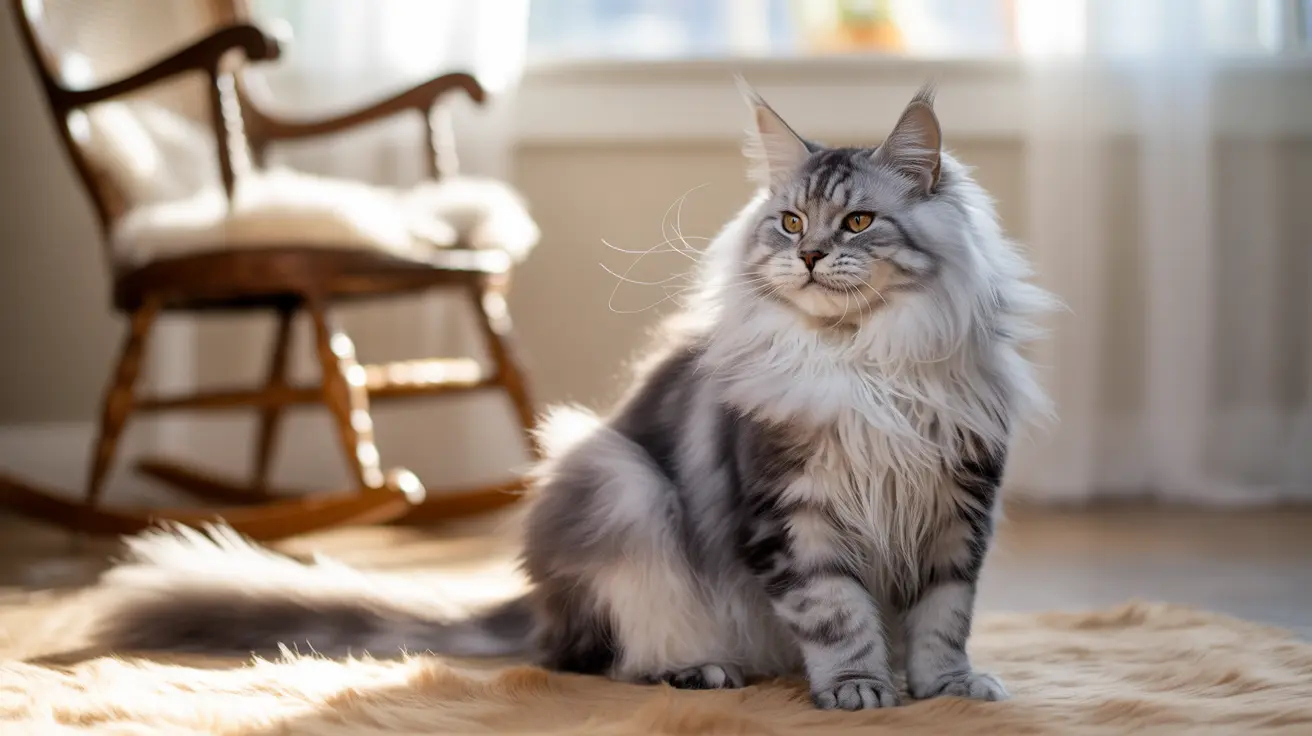Introduction to Kitten Nutrition
Bringing a new kitten home is an exhilarating experience, filled with joy and anticipation. As a new pet parent, one of the most crucial aspects of kitten care is ensuring proper nutrition. Feeding is an essential daily routine that significantly impacts a kitten's growth and overall health. Understanding how much and how often to feed your kitten is vital to their development and well-being.
The Feeding Journey: From Nursing to Solid Food
The transition from nursing to solid food is a significant milestone in a kitten's life. This process typically begins when kittens are still nursing from their mother, around 5 to 6 weeks of age. Their natural curiosity and the influence of their mother's diet will guide them towards solid food. For kittens that are bottle-fed, this is also the time to start replacing some formula with solid food. By 7 to 8 weeks, most kittens are ready for an all-solid food diet. During this period, gradually increase the amount of solid food while reducing nursing time. Mothers often instinctively encourage this transition by distancing themselves from their kittens.
Types of Kitten Food: Wet vs. Dry
Choosing between wet and dry food depends on your kitten's preferences and specific health needs. Both options have their unique benefits. Wet food is advantageous due to its high moisture content, which helps keep kittens hydrated. It is also easy to mix with supplements and can be warmed to enhance its aroma, making it more palatable for kittens with appetite changes. On the other hand, dry food supports dental health by helping to remove plaque and tartar as kittens chew. It also provides mental and physical stimulation when used in puzzle toys and is a cost-effective feeding option.
<h2>Establishing a Feeding Schedule
Creating a feeding schedule tailored to your kitten's age is essential. For kittens under four months, three meals a day are recommended to meet their nutritional needs. As they grow, the schedule can be adjusted. Kittens aged 4 to 6 months may continue with three meals or transition to two meals a day. After six months, the frequency can vary from one to three meals daily, depending on their activity level and individual needs. Monitoring their weight and adjusting the schedule as needed is crucial to prevent unhealthy weight gain.
Caloric Needs and Monitoring Growth
Determining how much to feed your kitten involves considering their age and weight. A feeding chart can guide you in calculating the appropriate caloric intake based on the type of food and its caloric content. Healthy weight gain is a sign of proper nutrition, and portion adjustments may be necessary to ensure your kitten receives adequate nourishment.
Transitioning to Adult Cat Food
Most kittens are ready to transition to adult cat food around 12 months of age. This change should be gradual, starting with a small portion of adult food mixed into their current diet. For sensitive kittens, increase the adult food incrementally and allow more time for acclimation to minimize digestive upset.
Feeding Strategies and Tips
Deciding between meal feeding and free choice feeding depends on your kitten's habits. Free choice feeding allows kittens to graze throughout the day but requires careful monitoring to prevent obesity. Meal feeding involves set feeding times, which can be adjusted as the kitten grows. Combining wet and dry food can be beneficial, with dry food left out and canned food offered in meals to ensure hydration and nutrient intake. Observing your kitten's appetite and behavior is vital for making necessary adjustments to their diet.
Nutritional Considerations for Kittens
Choosing high-quality food is crucial for your kitten's development. Look for foods that meet the nutritional adequacy standards of the Association of American Feed Control Officials (AAFCO). Essential nutrients include proteins, fats, omega-3 fatty acids for brain and eye development, and vitamins E and C for immune health.
Conclusion: Ensuring a Healthy Start
Feeding your kitten involves understanding their nutritional needs, establishing a feeding schedule, and choosing the right food. A balanced diet and regular monitoring are key to ensuring they grow into healthy adult cats. For personalized feeding plans and health assessments, consulting with a veterinarian is always recommended. By following these best practices, you can provide your kitten with a strong foundation for a healthy and happy life.






